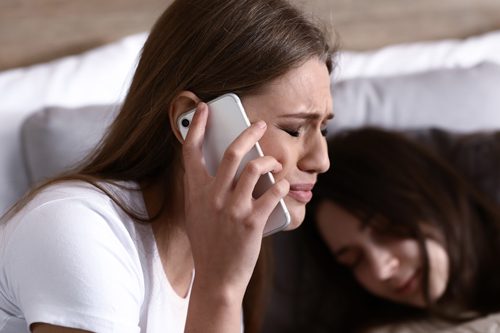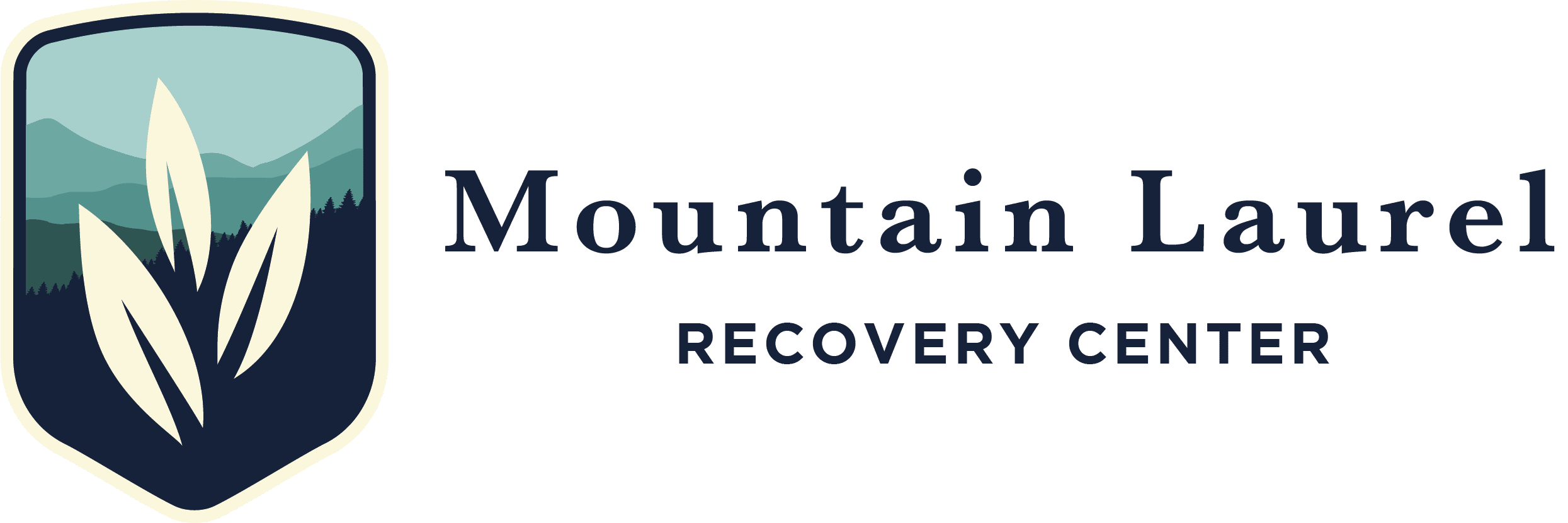
Signs of an Opioid Overdose
Opioids work by binding to opioid receptors in the brain and triggering the release of endorphins, which are the brain’s feel-good neurotransmitters. This muffles a person’s perception of pain and boosts feelings of pleasure.
An overdose occurs when a person takes a higher dose of the drug than their body can handle. Opioids cause respiratory depression, which means they affect the part of the brain that controls breathing.
Signs of an opioid overdose include:
- Slowed or stopped breathing
- Pinpoint pupils
- Unconsciousness or non-responsiveness
- Limp body
- Vomiting
- Pale face
- Purple or blue tint to the lips and fingernails
- Clammy skin
An overdose is considered a medical emergency. If you see someone showing signs of an overdose, call 911 and stay with them until help arrives.
Overdose Risk Factors
Any opioid user can experience an overdose, but certain factors are known to increase the risk. These include:
- Snorting or injecting opioids, as opposed to taking a pill
- Mixing opioids with other drugs or alcohol
- Having a high tolerance due to prolonged opioid use
- Relapsing after an extended period of sobriety
An overdose can also occur when a person unknowingly takes a drug mixed with illicitly manufactured fentanyl. This synthetic opioid analgesic is 50 to 100 times more potent than morphine. A 3-milligram dose of fentanyl is strong enough to kill the average adult male, which is significantly less than the 30-milligram dose of heroin widely considered to be fatal.
Naloxone Can Help Prevent Overdose Deaths
Naloxone, sold under the brand names Narcan and Evzio, can prevent individuals from suffering a fatal overdose by temporarily blocking the effects of opioids. The medication, sometimes called a “save shot” or “rescue short”, is typically injected into a muscle or squirted into the nose. It starts to work in just a few minutes, but people who have taken very high doses of opioids may need more than one dose of naloxone to reverse the effects of an overdose.
As part of efforts to fight the opioid epidemic, advocacy groups have been working to expand access to naloxone for first responders, doctors, opioid users, and their loved ones. In Pennsylvania, many pharmacies offer naloxone without a prescription. However, training to learn to safely use the medication may be required.
Although there’s no doubt that naloxone saves lives, it does not treat or cure addiction. It’s a temporary fix that gives a person experiencing an overdose enough time to seek additional care at a local emergency room. Without access to evidence-based treatment that addresses the root causes of addiction, including chronic pain, trauma, and mental illness, an individual is almost certain to relapse.
Seeking Treatment for Opioid Addiction
For many people, an opioid overdose is the rock bottom moment that inspires them to seek treatment. However, a person does not need to wait for an overdose to seek help. The sooner someone with an opioid use disorder gets into a recovery program, the quicker they can focus on building a future free from the burden of addiction.
Abruptly discontinuing opioids can cause severe withdrawal symptoms such as vomiting, diarrhea, abdominal cramping, insomnia, agitation, and anxiety. Medically managed detox involves 24/7 supervision and monitoring to make sure the individual is safe and as comfortable as possible throughout the process.
Once the body has rid itself of opioids, treatment focuses on building the skills for sober living.
Cognitive behavioral therapy (CBT) is often the cornerstone of residential treatment, helping patients to identify triggers, manage cravings, handle stress, and proactively work to reduce the risk of relapse. Holistic treatments, such as art therapy, yoga, or meditation, can be used to support specific recovery goals such as managing chronic pain or dealing with the residual effects of past trauma.
Medication-assisted treatment (MAT) is approved by the American Medical Association, the American Academy of Addiction Psychiatry, and the American Society of Addiction Medicine. MAT typically involves the use of methadone, buprenorphine (sold under the brand names Suboxone and Subutex), or extended-release naltrexone (sold under the brand name Vivitrol) to reduce cravings and manage withdrawal symptoms.
Mountain Laurel Recovery Center provides a full continuum of care for clients suffering from opioid addiction, including comprehensive aftercare services to support their transition back to independent living. Our Pennsylvania addiction treatment program shows clients how to tap into their inherent potential for change and growth so they can fully embrace a future free from the burden of addiction.
